Michael Walters
Notes from the peninsula
Welcome!
This is my little word garden on the internet—Michael Walters, author (it’s true!). I have a speculative fiction novel, THE COMPLEX, out with Salt Publishing, and I’m deep in the writing of a follow-up. I would love it if you gave it a try.
I use Bluesky to connect with people, Letterboxd to track films, and StoryGraph to track books. Follow me and say hello in all those places.
And if you want more of my thoughts on writing in particular, you can subscribe to my posts on PATREON. There’s a Weird and Wonderful tier if you want to support me with a donation, and that now includes notes on the novels I’m reading, but I post regularly to all patrons.
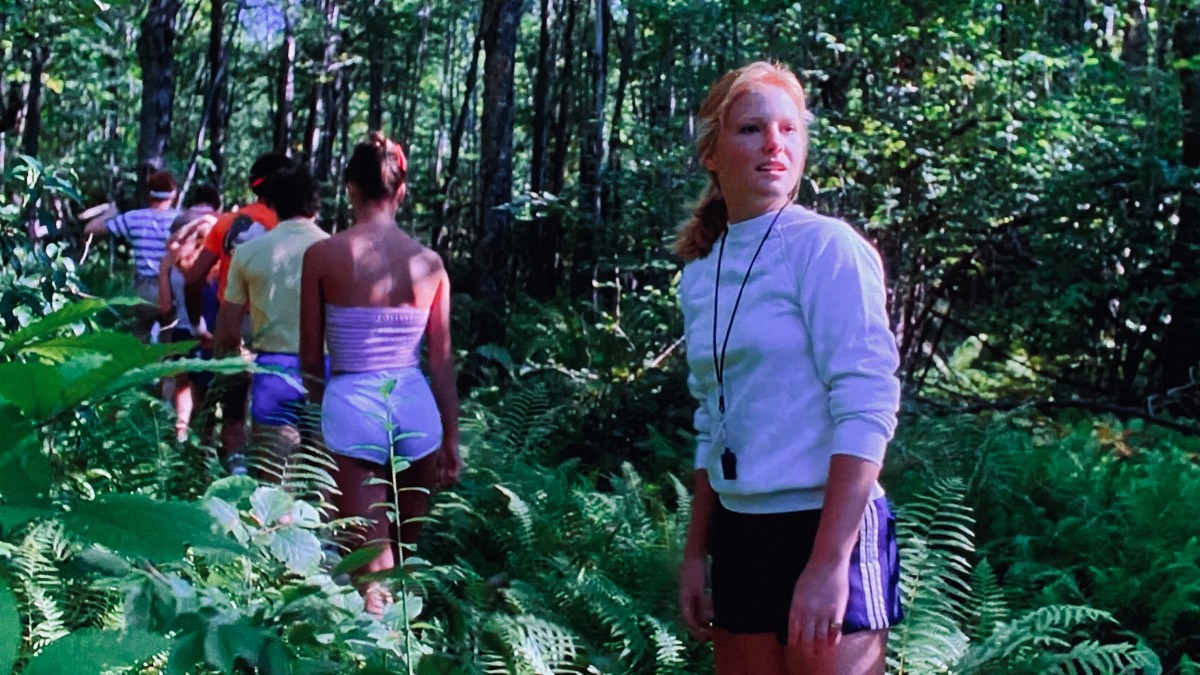
Director: Steve Miner
The #31DaysofHorror train keeps chugging along with my exhausted corpse tied to the front. Friday the 13th Part 2 is many peoples franchise favourite, and I bought it for three quid a couple of years ago, so if not now, when? Unlike Halloween, which has a heroine with a link to the killer, the camp counsellors on Crystal Lake are simply an endless supply of victims to Jason Voorhees. (I know who the killer is in the first one, so don’t Scream me.)
A couple of months after surviving the original film—the murders at Camp Crystal Lake—Alice is killed in her apartment by an unseen assailant. Five years later, a new camp has been created along the lake, and at a training week for counsellors, leader Paul tells the group the story of the slaughter, but assures everyone that Jason is dead. The next night, half the counsellors go to a nearby bar, and the ones staying behind are stalked by Jason, who is living in a self-made shack in the woods. As the night goes on, Jason picks the counsellors off one by one.
I don’t think it was done deliberately, since both films were released the same year, but just as the opening sequence of Halloween II is the final scene of the first film, Alice relives the end of Friday the 13th in dream flashbacks, before having a cat thrown at her, finding a head in her fridge, and having an ice pick pushed into her temple. The characters are all likeable, the acting is naturalistic, and the couples feel plausible, so I found myself upset as they ran afoul of Jason’s various weapons. Usually there are a few characters in these films you can’t wait to see die, but not here. This is a slasher with minimal special effects, without complex kills, and before irony. Surprisingly affecting and effective.
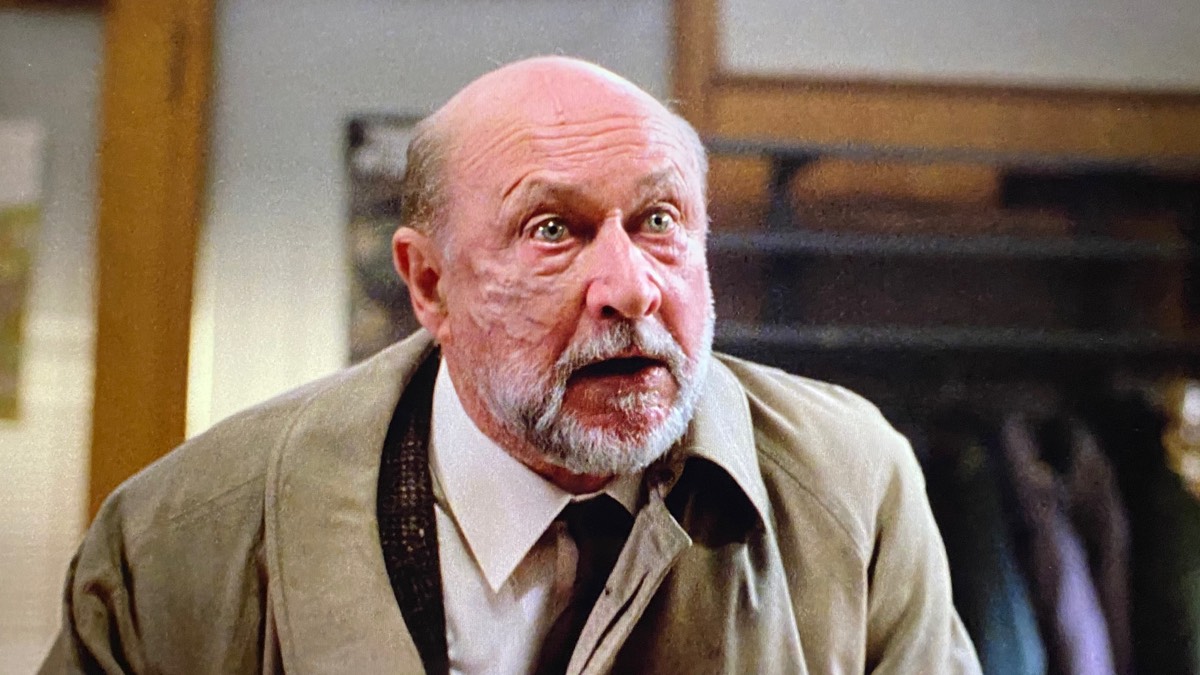
Director: Dwight H. Little
I heard someone on a podcast say Halloween 4: The Return of Michael Myers was their favourite of all the Halloween sequels. I was never a sequels guy growing up, these films were never on television in the UK, so all the Friday the 13ths, Halloweens and Elm Streets passed me by. What better way to approach the end of #31DaysofHorror than seeing what all the fuss was about?
Ten years after the Haddonfield killings, Michael Myers escapes an ambulance taking him to a new sanitarium. His psychiatrist, Dr Loomis, doesn’t know about the move until it’s too late. Loomis returns to Haddonfield to search for Myers. Laurie Strode has died in a car crash and her daughter, Jamie, is fostered by the Carruthers family. Their teenage daughter, Rachel, babysits Jamie on Halloween, but Myers wants to kill Jamie.
After twenty-seven horror films back to back, it was a relief to watch a film with no emotional stakes. The script, acting and direction are all adequate, in a television film sort of way, and Dean Cundey’s trademark wide shots are gone, but it does feel like a Halloween film, with its autumnal colour palette, pumpkins and general mood. It’s a good film to watch in the spooky season. On the downside, Michael Myers has transformed from silent creeping psychopath to a being with superhuman and possibly supernatural strength. There are moments of oddball humour, some fun set pieces, and the twist at the end is almost brilliant, but for me Michael Myers is scariest as a disturbed psychopath, not a demonic force.
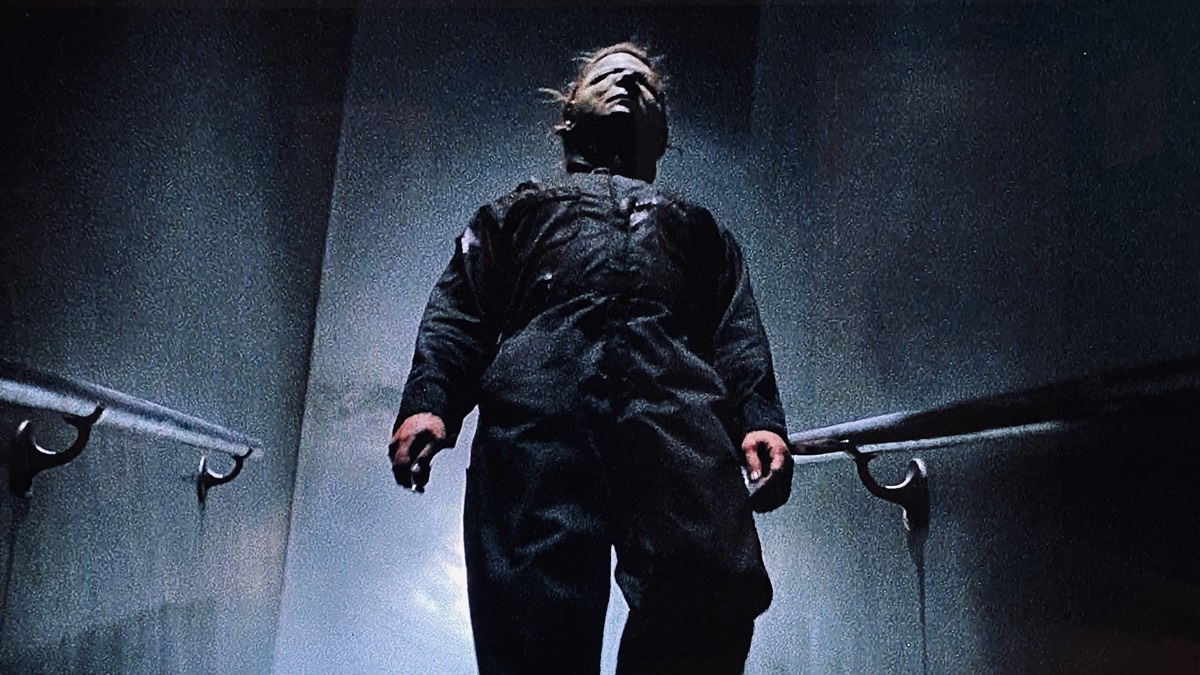
Halloween II (1981)
Director: Rick Rosenthal
The original plan was to watch Halloween Kills in the cinema, but the reviews were so awful I couldn’t bring myself to go. Instead, I went for the original sequel, Halloween II. I was surprised to see Dean Cundey’s name in the opening credits. He was cinematographer for all of John Carpenter’s early classics—Halloween, The Fog, The Thing, Escape from New York—and went on to work on massive blockbusters like Jurassic Park. I knew Halloween II was not a fan favourite, so if the script was bad, at least it would look good.
It starts with the final sequence of the original film, with Dr Loomis shooting his escaped patient, Michael Myers, and saving Laurie Strode. When Myers’ body goes missing, Loomis continues his search on the streets of Haddonfield, while Laurie is taken to hospital and sedated. But Myers wants to kill Laurie specifically because she is his sister, fostered after he killed their parents, and when he hears on the radio where she’s been taken, he stalks the hospital searching for her, killing anyone that crosses his path.
Laurie Strode seems like a less rounded character—she has no kids to look after, we don’t see her going about her day, she’s reduced to a (probably realistic) traumatised victim. The film jumps straight into the chaotic aftermath of a mass killing in a small town, which we find out is still ongoing. It’s also much darker, both literally, because there are no shots in daylight, and in its violence. Myers’s physical strength and penchant for blades and needles leads to several gruesome deaths, and in a grim aside, there’s a short scene where a mother brings her son to the hospital with a razor blade stuck in his mouth, presumably hidden in a treat. This film has a nasty streak.
But what’s wonderful about it, especially after seeing the 2018 ‘sequel’, is how much it feels like the original Halloween. Made only a couple of years later, it has the same characters, actors, and cinematographer, and even if the story is lacking in some respects, it does give a definitive ending to Laurie Strodes’ nightmare. They should have stopped here.
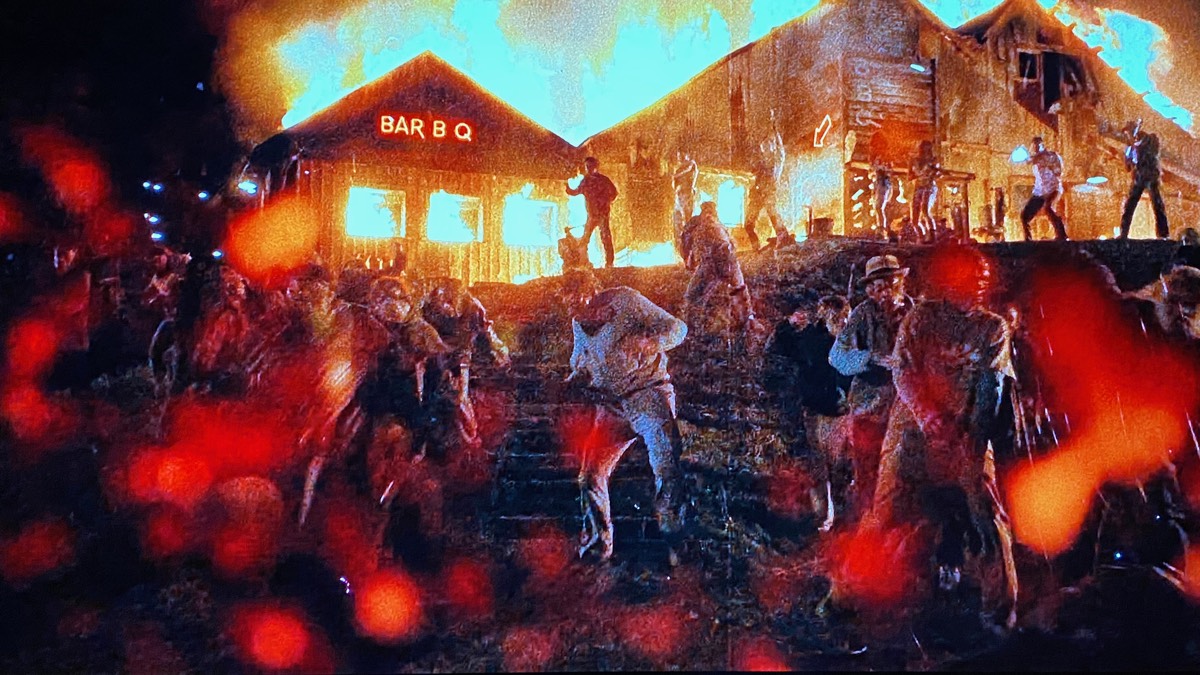
Planet Terror (2007)
Director: Robert Rodriguez
If Killer Klowns is lovingly sewn together by your coulrophilic neighbour (wait, no…), Planet Terror is a grindhouse pastiche ruthlessly tailored by a master craftsman. It’s ridiculous fun, and as much as I am not an admirer of style at the expense of story, this did make me laugh out loud at the sheer excess of it all.
Lieutenant Muldoon tries to buy a consignment of a biochemical weapon, DC2, from an arms trader for his mercenary army, but some people already infected with DC2 escape. Cherry Darling is a stripper who quits her job, runs into her ex-boyfriend El Wray, and after a car crash leaving town, has her leg ripped off by a pack of marauding flesh-eating mutants. Dr Dakota Block is planning to leave her husband for another woman during their joint shift at the local hospital, but just as he finds out, the DC2 infection hits the local population. All of these characters, and more, converge in a relentless circus of cheesy dialogue and amusingly extreme violence.
This film has everything from a rogue scientist who keeps his adversaries testicles bottled to a stripper with a machine gun for a leg. I particularly enjoyed the ‘missing reel’ that skips through a chunk of unnecessary plot to get to the action. Robert Rodriguez and Quentin Tarentino collaborated in the making of this and the Tarentino-directed Death Proof, with both films released as a double feature, Grindhouse. They weren’t a hit in 2007, but I think this is glorious fun.

Director: Stephen Chiodo
Clowns on screen have never frightened me, not even Pennywise, although on the page he was a different proposition. Killer Klowns from Outer Space isn’t a film that’s trying to scare you. It’s more of an adult cartoon playing things for grotesque laughs, but it does take the question it asks very seriously: what if alien clowns came to earth to turn people into candyfloss snacks?
Mike and Debbie are making out in the woods near Crescent Cove when they see something fall from the sky. They discover a circus tent spaceship and the bodies of two local people dissolved in a wrapping of candyfloss. The town’s Sheriff doesn’t believe them, so they try to convince his Deputy, Debbie’s ex-boyfriend Dave. Clowns from the spaceship arrive on the streets and start to turn everyone into candyfloss balls, which they collect for food. Mike, Debbie and Dave, along with two friends in an ice cream truck, find the spaceship and face off against the clowns’ giant leader.
But this film is not about plot—it’s about the series of set pieces where clowns approach unsuspecting humans and find amusing ways to dispatch them. The awesome mixture of set design, costumes and puppetry creates a surprisingly real and coherent world that is straight out of a B-movie, but could actually be happening. It’s a one note tune, for sure, and I did get bored in places, but there are also weird wonders here, and I can imagine anyone who saw this too young, perhaps because of a mean older sibling, or lax babysitter, might be scarred for life. It’s not a good film, but it’s also amazing, and I don’t want to think about any of these clowns knocking on my door in the middle of the night.
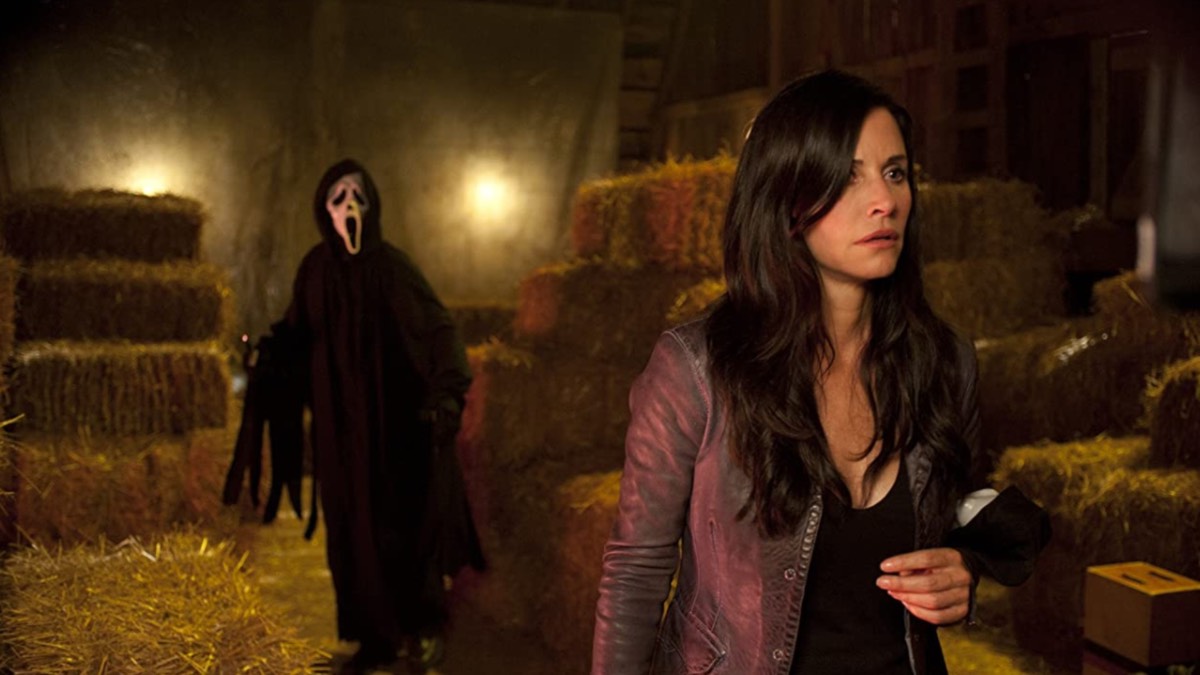
Scream 4 (2011)
Director: Wes Craven
The original Scream changed the course of horror cinema, but I didn’t enjoy Scream 2 or 3 half as much, so when Scream 4 came out to mixed reviews, I skipped it. That was a mistake. Scream 4 is closer to the original, and yes, it’s another complicated, stabby whodunnit, but it embraces teenagers use of social media, and has things to say that are still relevant now.
Sydney returns to Woodsboro on the fifteenth anniversary of the original killings to promote her new book. Dewey is now Sheriff, and is married to ex-journalist Gail, who has writer’s block. Sydney has a niece, Jill, in the High School, which presents us with another set of teens for the Ghostface killer to brutally pick off.
We’ve seen it all before, but that’s the point, and the meta conversations about fourth installments of franchises were predictably fun. A lot of people die, and it could be my age, or because of the way of the world now, but seeing someone stab dozens of people in a small town felt much more disturbing in 2021. I didn’t guess the killer, just like I didn’t in the first film. This one’s motives are unexpectedly chilling. The amusingly-titled fifth installment, Scream, is out in a couple of months. October 2021 is the twenty-fifth anniversary of the first Scream. It’s a terrible shame Wes Craven wasn’t around to direct Scream 5 (a.k.a Scream). Rest in peace, sir.

Director: Kirk R. Thatcher
I started this journey with an adapted video game, and nearing the end I find myself watching an adapted amusement park ride—Disneyland’s Haunted Mansion meets the Disney-owned Muppets to create Muppets Haunted Mansion. The first period of The Muppets, 1976—1981, coincided with my pre-teen years, so I remember being allowed to stay up past my bedtime to watch it. Those episodes are on Disney+, and they’re still funny. They feel fresh and on the edge of anarchy, which is astonishing when you think how complicated it must have been to make back in the seventies. This film is a long way from that golden period.
Gonzo decides to miss his friends Halloween party to take up an invitation by The Great MacGuffin, his favourite magician, to stay a night at the most haunted mansion in the world. He takes his friend, Pepe the King Prawn, who thinks he’s going to party filled with celebrities. They arrive to find the house filled with ghosts, and a challenge to face their greatest fear and survive the night. If they don’t succeed, they will be stuck in the house for all eternity.
I watched it with my twelve-year-old daughter who hates anything scary. We both jumped a couple of times, enjoyed the songs, and had fun with it. It’s not a good film, it’s a corporate film, like an amusement park ride in fact, but there are enough little references for horror film fans to keep it interesting, and the nostalgia effect is strong. But Disney Muppets are not Jim Henson’s Muppets, that’s for sure.
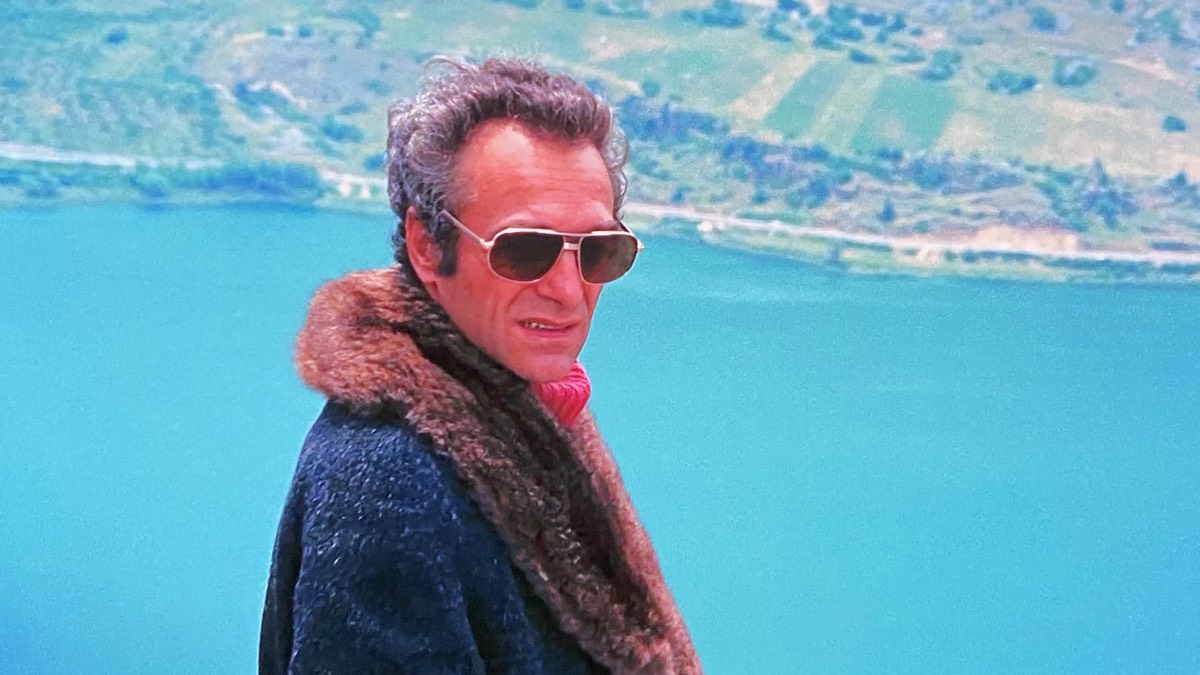
Director: Sergio Martino
I can’t decide if I’m enjoying these borderline gialli. Sergio Martino knows how to build tension, as characters roam the rooms of a massive run down mansion in the Italian countryside, and it depends if I’m in the mood for overwrought acting and sleazy drama. I’m not even sure what the ridiculously long title means: Your Vice Is a Locked Room and Only I Have the Key? I suppose it means the basement, but it could also be the cupboard Irina gets locked in with Satan (the cat).
I’m getting ahead of myself. Oliviero is an abusive husband, professor and writer of novels. He has writer’s block and has become an alcoholic, abusing the women living with him. A killer murders a woman he has agreed to meet, and the police question him. Then his housemaid, Brenda, is murdered, and he forces his wifre, Irina, to help him hide the body in the basement. When his niece, Florina, arrives, she is suspicious. Her brazen sexual appetites arouse both Oliviero and Irina, but Oliviero is becoming more and more brutal with Irina, and we keep seeing a figure watching the house from the trees.
The sex in this film is deviant from the start, with the hippies willingly coerced by Oliviero into humiliating Irina, then Irina provokes him by wearing his dead mother’s dress, and he rapes her. He sleeps with Brenda, a black servant who he denigrates, then with his niece, Florina, and when Florina asks him directly if he slept with his own mother, the implication is that he did. His mother’s portrait sits above the dining room, and her cat, Satan, torments Irina, just like Oliviera does. The final act is a blizzard of switches and double crosses. Actually, his vice is surely his mother, and perhaps it is Irina who has the key. Maybe. It’s all a bit insane.
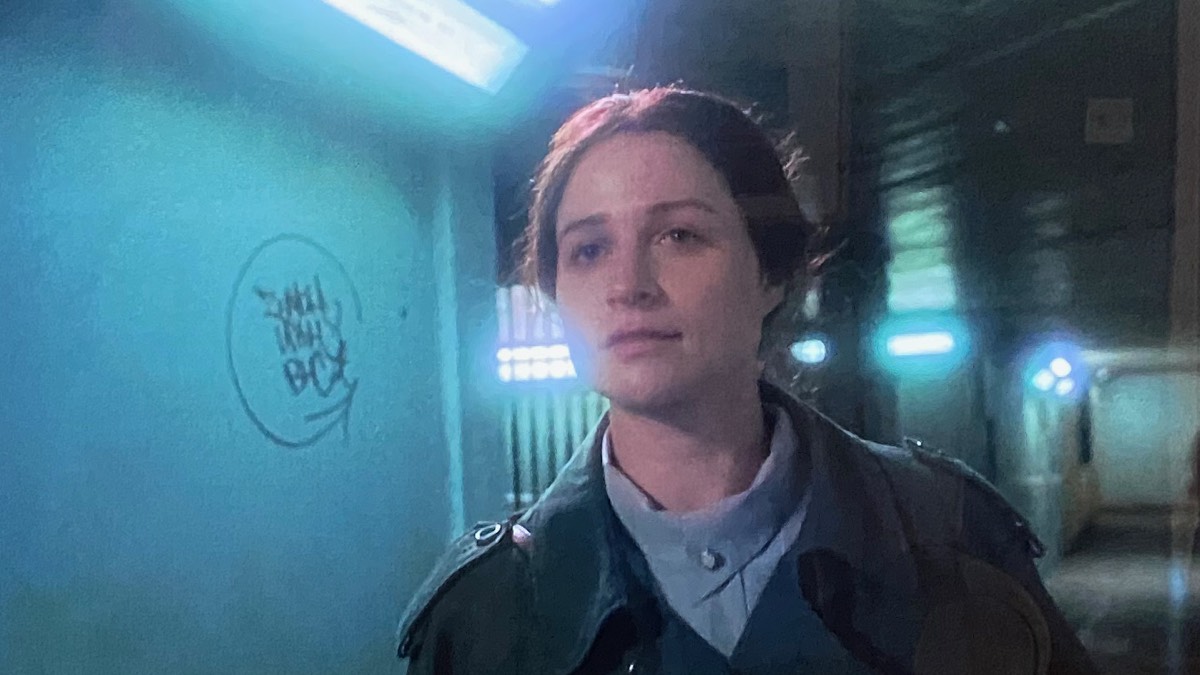
Censor (2021)
Director: Prano Bailey-Bond
Censor has been on my radar all year, since I heard about it, partly because it was set in the era of video nasties, and partly because it seemed to speak to the whole experience of watching horror films. It didn’t disappoint. Enid Baines is a censor at the British Board of Film Classification. Her parents decide it is time to have her long-missing sister declared dead. Enid is a vigilant censor who is seen by some of her colleagues as excessive, but when a man kills his wife and children, copying the gruesome death in a film Enid recently passed for public viewing, she blames herself, and her daily life, the films she has to watch, and memories of her sister, begin to bleed together.
There’s a great interview with director Prano Bailey-Bond in the June issue of Sight & Sound magazine, where she talks about the psychological act of self-censorship, and ‘the positive power of forbidden cinema’. Enid is even more censorious of her childhood memories than she is of the films she watches in work, and as her gentle ex-psychotherapist colleague says, it’s amazing what the mind can edit out to protect itself. Her parents are sweet, but massively repressed, and Enid keeps her colleagues at arm’s length, while not seeming to have any friends. She is alone with her trauma, cutting films to keep the public safe, but also fascinated by what’s in them.
The final act is clever, and funny, which slightly spoils the atmosphere, so by the end I found myself a little disconnected from Enid’s plight. The whole film is really well-crafted, with a fantastic performance by Niamh Algar as Enid, who wills into her reality that which she is desperate to be true. To quote Bailey-Bond, where she is talking about horror audiences: ‘In the fiction of the horror world, they can have what they want, when they can’t in real life.’
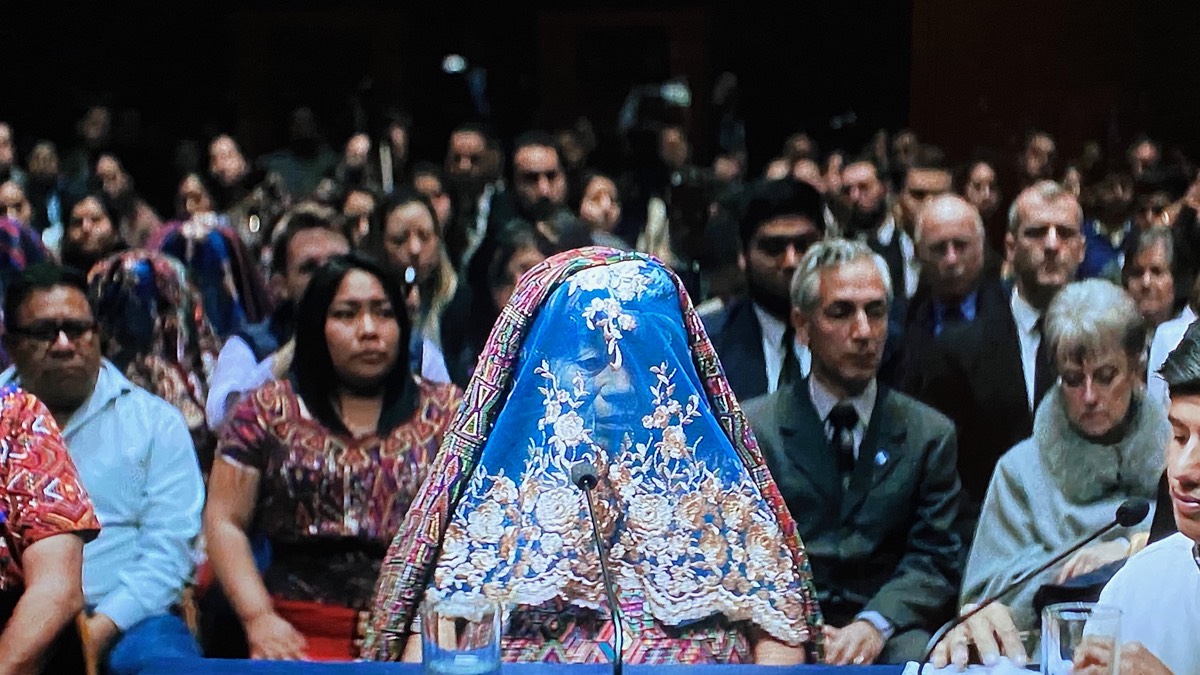
La Llorona (2019)
Director: Jayro Bustamante
Some subjects are horrific enough without the added charge of being in a horror film, so I had been avoiding watching the much lauded La Llorona. It’s about the aftermath of the trial of a general who ordered the genocide of the Mayan people in the Guatemalan Civil War. Elderly former general Enrique Monteverde is found guilty, but his conviction is overturned, and he retreats with his family to their house in the city, which is surrounded by noisy protestors. The servants all leave, and the housekeeper, Valeriana, accepts the help of a young woman from her village, Alma. Trapped in the house, strange things begin to happen to the family, and the ghosts of the past insist on being heard.
Some reviews of the film voice frustration at the slow pace and lack of scares. La Llorona explores an important historical event with commendable weight through a famous Mexican ghost story. Every shot is considered. Doing some research, the small details of the La Llorona legend are dotted all through the film, none more important than Alma teacing Monteverde’s granddaughter, Sara, to hold her breath underwater. The meaning of this becomes shockingly apparent at the end.
Over the end credits, there is a heartbreaking arrangement of the Mexican folk song, La Llorona, which means the weeping woman. She has much to weep over.